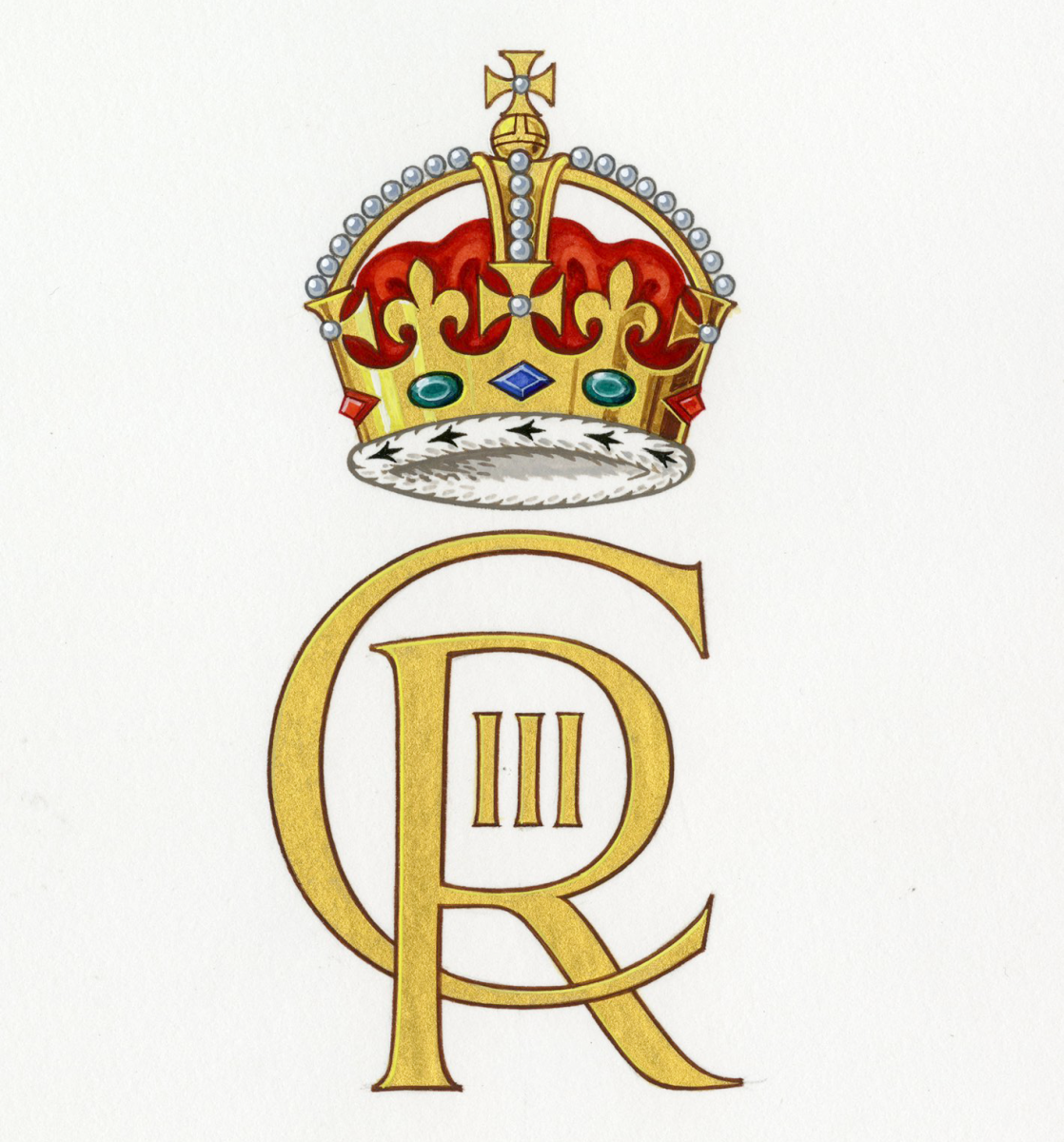
Chapels Royal
The term ‘chapel royal’ originally denoted everything that was required for the offering of worship at Court - the priests, the musicians, the vestments, the plate and the books. Whenever the sovereign travelled, he took his chapel with him: Henry V sent for the chapel to celebrate Easter at Bayeux in 1418 and Henry VIII took it to the Field of the Cloth of Gold in 1520. By the middle of the sixteenth century the Court was more static, and ‘chapel royal’ came to denote almost any church building within a royal palace. Within the Tower, St John’s chapel in the White Tower would be primarily for the sovereign and the Court, while St Peter’s would be for the garrison and the staff, which in the Middle Ages might have numbered up to a thousand.
The Chapel Royal of St Peter ad Vincula
The first St Peter’s was probably built before 1200, was restored and beautified by Henry III, and was rebuilt in 1286-87 by his son Edward I. In 1512 however the old chapel was destroyed by fire and it was rebuilt by Henry VIII in 1520. The arches, the Spanish chestnut roof (a tribute to Catherine of Aragon) and most of the windows date from that rebuilding. The new chapel was slightly south of the old chapel, so that the crypt under the earlier building is now to the north of the present chapel.
Various works were carried out in subsequent centuries, and in the 1876 restoration the Cholmondeley sarcophagus in the centre of the chapel was opened. It contained no bodies, but in it was found the font (c.1350) which now stands by the west door. It appears to have been hidden there by the then chaplain to preserve it during the Commonwealth, but the chaplain presumably died in the meantime, and the hiding place was unknown for over 200 years.
In the north-west comer of the chapel is the Holland memorial, which was moved here in 1951 from the chapel of the Royal Hospital of St-Katherine-by-the Tower. John Holland was a direct descendant of Edward I and was created Duke of Exeter in 1444 while Constable of the Tower. The Blount memorial on the north wall commemorates Sir Richard Blount and his son Sir Michael, who were both Lieutenants of the Tower under Elizabeth I.
On the opposite south wall of the chancel are a mural monument in memory of the wife and three of the children of George Payler, Surveyor of the Ordnance under the Commonwealth, and also a memorial stone to Talbot Edwards, who helped to rescue the Crown Jewels from Colonel Blood in 1671.
A brass plate on the west wall lists some of those who were buried in the chapel between 1534 and 1747. They include three Queens of England, and two saints, Bishop John Fisher and Sir Thomas More.
The cross behind the altar was given in memory of those killed in Abyssinia and Eritrea in the 1939-45 World War. The silver came from the Queen of Sheba mines in Ethiopia and it was fashioned by the silversmith of Emperor Haile Selassie.
The Chapel Royal of St John the Evangelist
St John’s Chapel in the White Tower, built around 1078, is a superb example of early Norman architecture, and is one of the oldest churches in London. Although it now appears somewhat austere, it was, as with St Peter’s, ornamented by Henry III. Throughout the Middle Ages it was the sovereign’s chapel, and here Knights of the Bath kept their vigil on the eve of a coronation before escorting the sovereign from the Tower to Westminster - a ceremony which continued until Charles II’s coronation in 1661.
Services continue to be held regularly in St John’s Chapel.
Music at the Tower
For information on Music at the Tower, see the separate section here .